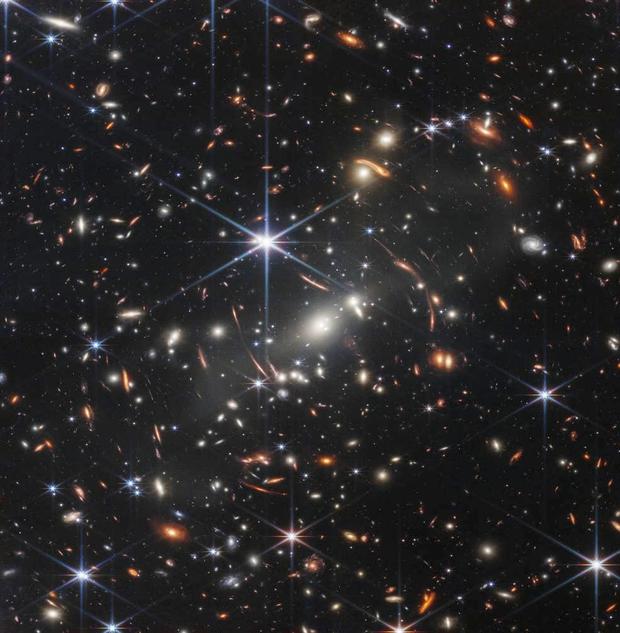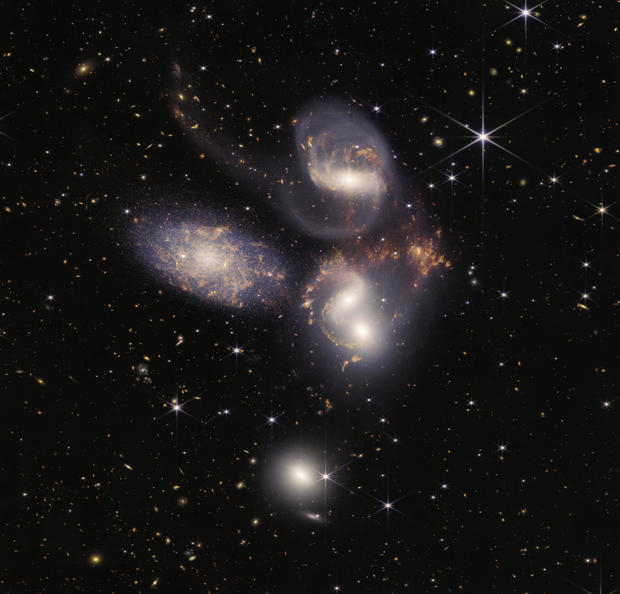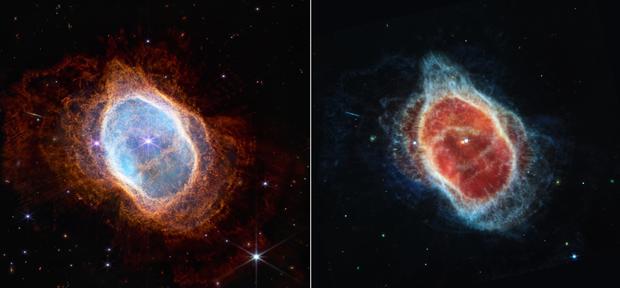"Inspire a whole new generation": Bell Museum planetarium displaying new NASA telescope photos on giant ceiling
FALCON HEIGHTS, Minn. -- NASA released more images Tuesday from the James Webb Space Telescope.
The images are getting a lot of attention and circulation, and the University of Minnesota Bell Museum wanted to use the images as a teaching moment in their planetarium shows.
They are displaying the NASA images on the giant ceiling dome for audiences to view galaxies more than 13 billion light years away.
Thaddeus LaCoursiere leads the planetarium shows, and he says people need to be paying attention to these images as they teach us more than we've ever known before about the universe around us, in the most detailed, sharpest infrared images of space to date.
"This is not just beginning of the universe, this is the beginning of us," LaCoursiere said. "Our own earth is only 4.5 billion years old, so these galaxies we're seeing are three times older than that."
In the first image NASA released, LaCoursiere points out the long streaks of light in the picture.
"They're curved a little bit, little bows of light. That is light that's actually being bent from galaxies behind the other galaxies we're seeing," LaCoursiere said.
Two newer images were released Tuesday including Stephan's Quintet, which are five galaxies colliding into each other, and the Carina Nebula which is part of our own galaxy, the Milky Way.
"Nebula means 'cloud,' and this is truly a cloud of gas and dust where new stars are being born," said LaCoursiere.
The James Webb telescope was also able to focus in on a planet called WASP-96 b, where scientists discovered water.
"There's water out there, and water is the essential component for life," LaCoursiere said.
This made us wonder if these images answer the age old question: is there other life outside of earth?
"James Webb will be able to provide more clues to that final answer, maybe not the final answer itself, but every piece of data we gather from it, will give us more more confidence towards whatever that answer is,"LaCoursiere said.
On a daily basis you can find summer camps of kids all over the Bell Museum, who are now seeing the stars in a whole new way.
"We get a chance to show incredible images to a new generation of scientists and inspire a whole new generation to continue the work," LaCoursiere said.
It takes the James Webb Space Telescope about 12 hours to capture one image, which is the fastest a satellite has ever been able to process infrared light.
NASA plans to release images weekly, so stay tuned.
To learn more about the Bell Museum Planetarium shows, click here.







